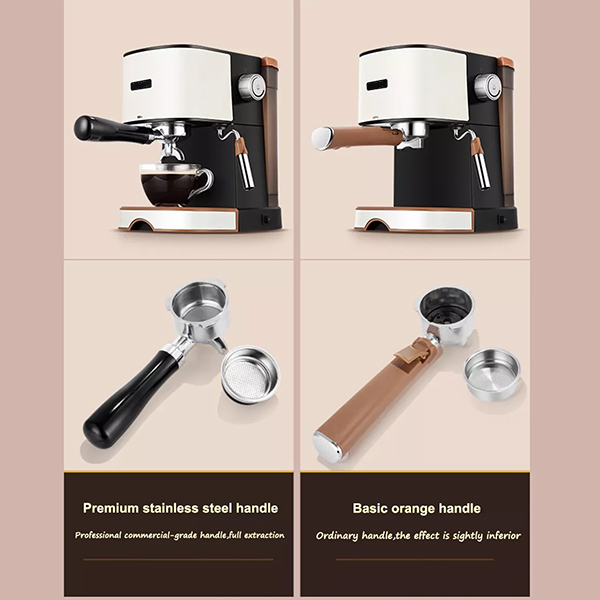In today’s fast-paced world, a coffee machine has become an essential appliance in countless homes and businesses. These technological marvels not only provide the perfect cup of coffee, they also add a touch of convenience to our everyday lives. However, have you ever thought about the entire journey of these coffee machines from production to your doorstep? In this blog, we’ll delve into the complex process of packaging a coffee maker, exploring the factors that contribute to its effective protection, aesthetics and sustainable packaging practices.
1. The importance of packaging:
Packaging for coffee machines serves several important purposes. First, it provides protection during transportation, ensuring that the machine reaches the consumer in pristine condition. Second, it serves as a marketing tool to attract potential buyers through its visual appeal. Last but not least, packaging plays an important role in reducing environmental impact by adopting sustainable practices.
2. Packaging materials:
The materials used in the packaging of the coffee maker have been carefully selected to withstand the rigors of shipping while remaining environmentally conscious. High-quality corrugated cardboard boxes are often used as the primary packaging material due to their durability and ability to absorb shock. These boxes are often fitted with molded inserts or foam cushioning for extra protection against any bumps or jolts during shipping.
In addition, the materials used for the outer surface of the packaging were chosen to convey the brand image and enhance the visual appeal. Manufacturers often employ eye-catching graphics, vibrant colors, and sleek designs to make packaging visually appealing and appealing to potential buyers.
3. Sustainable packaging practices:
Sustainable packaging has gained significant attention in recent years as consumers and manufacturers alike recognize the need for environmental responsibility. Coffee machine packaging strives to minimize waste through a number of methods. First, the size and weight of the packaging are optimized to reduce the use of materials without compromising the protection of the product. Using lighter materials not only reduces packaging waste, but also reduces shipping costs and energy consumption during shipping.
Additionally, many manufacturers have switched to recyclable and biodegradable materials for packaging, such as cardboard, paper and plant-based plastic alternatives, which help reduce environmental impact. We also work hard to eliminate unnecessary components, such as excess plastic wrap or stickers, which add to the waste generated.
4. Brand and user experience:
In addition to protecting the coffee machine, the packaging is also a representation of the brand. The aesthetic and design elements incorporated into the packaging reflect the brand’s image, values and product quality. Manufacturers often focus on creating a memorable unboxing experience for consumers through attention to detail, such as providing clear and concise instructions (including accessories or samples), and adding elegant touches to enhance the overall user experience.
in conclusion:
Packaging for coffee machines is a comprehensive process that encompasses protection, aesthetics and sustainability. Manufacturers are constantly striving to strike a balance between providing strong protection during shipping, attracting potential buyers through visually appealing designs, and adopting environmentally friendly practices. By understanding the intricacies and considerations of coffee machine packaging, consumers can appreciate the efforts that go into ensuring the safe delivery of their beloved appliance, while contributing to the industry’s sustainable practices.
Post time: Jul-22-2023

